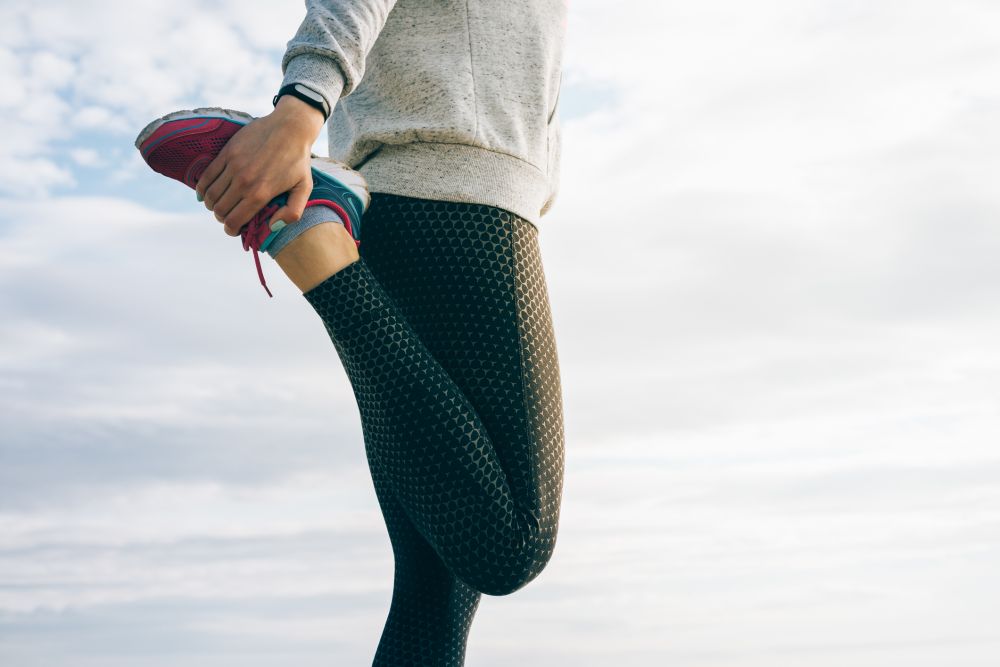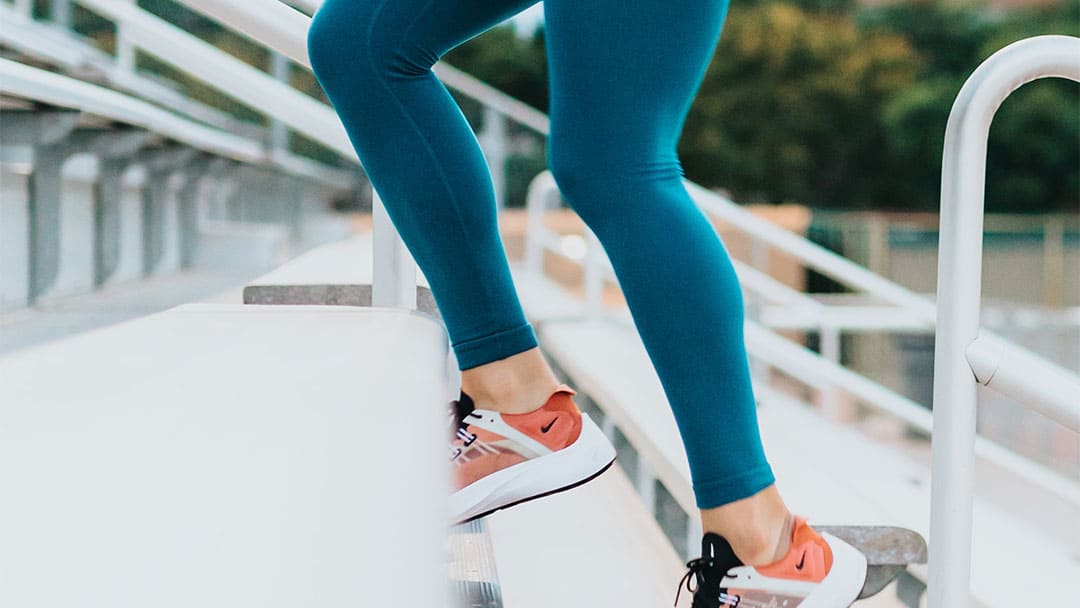Sore Legs after Squats: A Common Dilemma
Experiencing sore legs after squats is a common concern for many individuals who incorporate squats into their fitness routines. Squats are a highly effective exercise for strengthening the lower body, targeting the quadriceps, hamstrings, glutes, and calves. However, the intense muscle engagement that squats provide can lead to muscle soreness or discomfort, leaving many to ponder, “should I run if my legs are sore from squats?”
Understanding Delayed Onset Muscle Soreness (DOMS)
Delayed Onset Muscle Soreness (DOMS) is a common occurrence for individuals who engage in strenuous physical activities, such as squats. DOMS is characterized by muscle pain and stiffness that typically manifests between 24 to 72 hours post-exercise. Although the exact cause of DOMS remains unclear, it is thought to be a result of micro-damage to muscle fibers and the subsequent inflammatory response.
When dealing with sore legs after squats, it is crucial to differentiate between normal muscle fatigue and DOMS. Muscle fatigue is a temporary reduction in muscle function due to intense exercise, whereas DOMS is a more severe and prolonged form of muscle soreness. Running with DOMS can exacerbate muscle damage and prolong recovery, making it essential to approach this situation with caution.
Weighing the Pros and Cons: Running with Sore Legs
Running with sore legs from squats can be a contentious issue, as there are potential advantages and disadvantages to consider. Running can help improve circulation, which may facilitate the healing process and alleviate muscle soreness. Additionally, maintaining cardiovascular fitness is crucial for overall health and well-being, and running is an effective way to achieve this.
However, there are also risks associated with running with sore legs from squats. Exercising with muscle damage can exacerbate the injury, leading to prolonged recovery times and increased risk of further harm. It is essential to weigh the potential benefits against the potential risks before deciding whether to run with sore legs.
Alternative Low-Impact Cardio Options
When dealing with sore legs from squats, alternative low-impact cardio exercises can be a valuable option for maintaining cardiovascular fitness without further aggravating muscle soreness. These exercises place less stress on the muscles and joints, allowing for a more gentle workout that can still yield significant benefits.
Some low-impact cardio exercises to consider include swimming, cycling, and using an elliptical machine. These exercises provide an aerobic workout that can help maintain cardiovascular fitness while allowing the legs to recover from squats. Additionally, these exercises can be modified to suit an individual’s fitness level, making them accessible to people of all abilities.
Swimming is an excellent low-impact cardio option that provides a full-body workout. The water supports the body, reducing the impact on the joints and muscles. Cycling is another low-impact exercise that can be performed on a stationary bike or outdoors. This exercise primarily targets the legs, but the resistance can be adjusted to reduce the intensity and impact on the muscles.
Using an elliptical machine is a low-impact exercise that simulates running or walking without the impact. This exercise can be modified to suit an individual’s fitness level and provides a gentle workout for the legs and cardiovascular system.
Implementing an Active Recovery Strategy
Active recovery is a crucial aspect of managing muscle soreness, including sore legs from squats. Active recovery involves engaging in light physical activity to promote blood flow and aid in the recovery process. This approach can help reduce muscle soreness, improve flexibility, and speed up the recovery process.
Some effective active recovery techniques include light jogging, stretching, and foam rolling. Light jogging can help improve circulation and reduce muscle soreness, while stretching can help improve flexibility and range of motion. Foam rolling is a self-myofascial release technique that can help reduce muscle tension and improve mobility.
When implementing an active recovery strategy, it is essential to listen to one’s body and avoid pushing too hard. Engaging in light physical activity can help promote recovery, but overdoing it can exacerbate muscle soreness and prolong the recovery process. Aim for low-intensity activities that do not cause discomfort or pain, and gradually increase the intensity as the muscles recover.
Incorporating active recovery techniques into a fitness routine can help reduce muscle soreness, improve mobility, and enhance overall performance. By taking a proactive approach to recovery, individuals can minimize the impact of muscle soreness and maintain a consistent fitness routine without experiencing unnecessary discomfort or setbacks.
Listening to Your Body: When to Rest and When to Push
Listening to one’s body is crucial when dealing with muscle soreness, such as sore legs from squats. It is essential to distinguish between normal muscle fatigue and injury, as pushing through an injury can lead to further damage and prolonged recovery times. Rest is a crucial aspect of the recovery process, and it is essential to allow the muscles time to heal and rebuild.
Normal muscle fatigue is a temporary discomfort that occurs after strenuous exercise, while muscle soreness caused by injury is often accompanied by swelling, bruising, or sharp pain. When experiencing muscle soreness, it is essential to take a break from intense exercise and allow the muscles time to recover. Light activities, such as walking or stretching, can help alleviate muscle soreness and promote blood flow, but it is crucial to avoid high-impact exercises that can further aggravate the muscles.
If muscle soreness persists for several days or is accompanied by severe pain or swelling, it is essential to seek medical attention. A fitness professional can also provide guidance and support, helping individuals create a safe and effective fitness routine that incorporates both strength training and cardiovascular exercises. By listening to one’s body and taking a proactive approach to recovery, individuals can minimize the impact of muscle soreness and maintain a consistent fitness routine without experiencing unnecessary discomfort or setbacks.
Creating a Balanced Fitness Routine
Creating a balanced fitness routine that incorporates both strength training and cardiovascular exercises is crucial for overall fitness and well-being. By incorporating a variety of exercises, individuals can reduce the likelihood of overuse injuries and minimize the impact of muscle soreness, such as sore legs from squats.
When creating a fitness routine, it is essential to consider individual fitness goals, abilities, and limitations. A fitness professional can provide guidance and support, helping individuals create a safe and effective fitness routine that incorporates both strength training and cardiovascular exercises. By varying the intensity and duration of workouts, individuals can challenge different muscle groups and promote overall fitness.
Incorporating strength training exercises, such as squats, can help build muscle mass, improve bone density, and increase overall strength. However, it is essential to allow adequate recovery time between strength training sessions to prevent overuse injuries and minimize muscle soreness. By alternating strength training days with cardiovascular exercise days, individuals can promote overall fitness while minimizing the impact of muscle soreness.
Cardiovascular exercises, such as running, can help improve cardiovascular health, increase endurance, and promote weight loss. However, engaging in high-impact exercises, such as running, when dealing with muscle soreness can further aggravate the muscles and prolong the recovery process. By incorporating low-impact cardio exercises, such as swimming or cycling, individuals can maintain cardiovascular fitness without further aggravating muscle soreness.
In summary, creating a balanced fitness routine that incorporates both strength training and cardiovascular exercises can help prevent overuse injuries and reduce the likelihood of experiencing muscle soreness. By listening to one’s body, varying the intensity and duration of workouts, and seeking guidance from a fitness professional, individuals can achieve their fitness goals safely and effectively.
Seeking Professional Guidance: Consulting a Fitness Professional
Creating a safe and effective fitness routine requires knowledge, experience, and expertise. Consulting a fitness professional can provide individuals with personalized advice, guidance, and support to help them achieve their fitness goals safely and effectively. A fitness professional can help individuals create a well-rounded fitness routine that incorporates both strength training and cardiovascular exercises, reducing the likelihood of overuse injuries and muscle soreness.
When dealing with muscle soreness, such as sore legs from squats, a fitness professional can provide guidance on when it is appropriate to rest or push through the discomfort. A fitness professional can also recommend alternative low-impact cardio exercises, such as swimming or cycling, to maintain cardiovascular fitness without further aggravating muscle soreness. By incorporating active recovery techniques, such as light jogging, stretching, and foam rolling, a fitness professional can help individuals manage muscle soreness and promote overall fitness.
A fitness professional can also provide support and accountability, helping individuals stay motivated and committed to their fitness goals. By working with a fitness professional, individuals can receive personalized feedback, adjustments, and modifications to their fitness routine, ensuring that they are performing exercises correctly and safely.
In summary, consulting a fitness professional can provide individuals with personalized advice, guidance, and support to help them achieve their fitness goals safely and effectively. By working with a fitness professional, individuals can create a well-rounded fitness routine, manage muscle soreness, and prevent overuse injuries, ensuring that they are on the path to long-term fitness success.



-Step-16-Version-2.jpg/v4-460px-Reduce-DOMS-(Delayed-Onset-Muscle-Soreness)-Step-16-Version-2.jpg)



